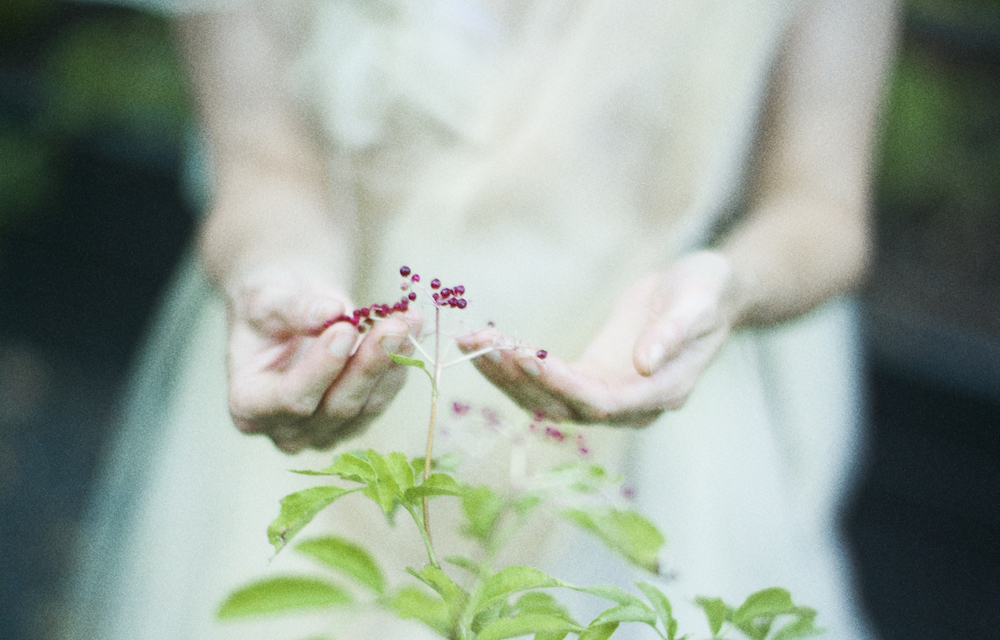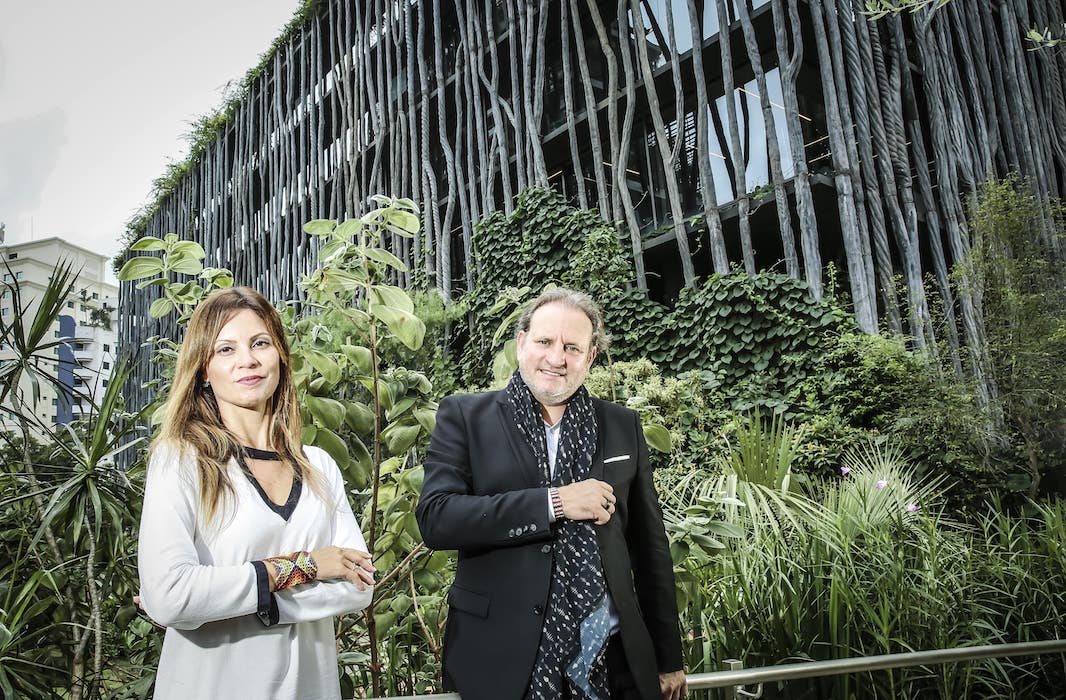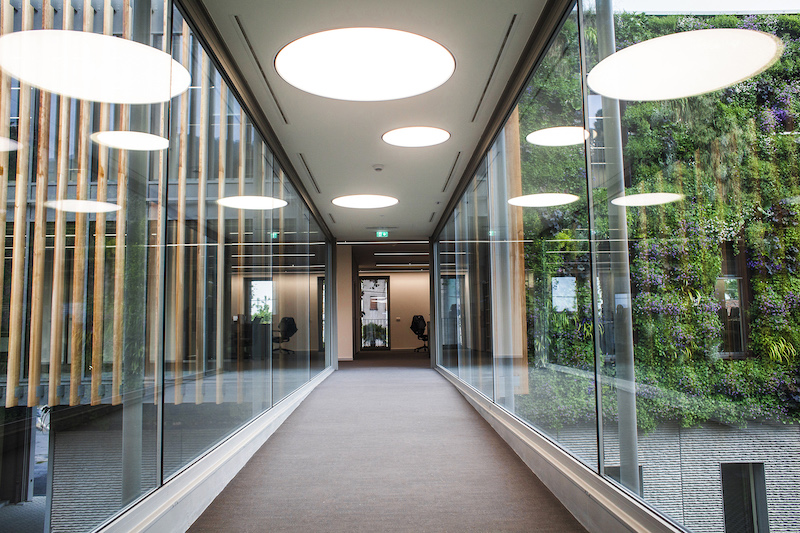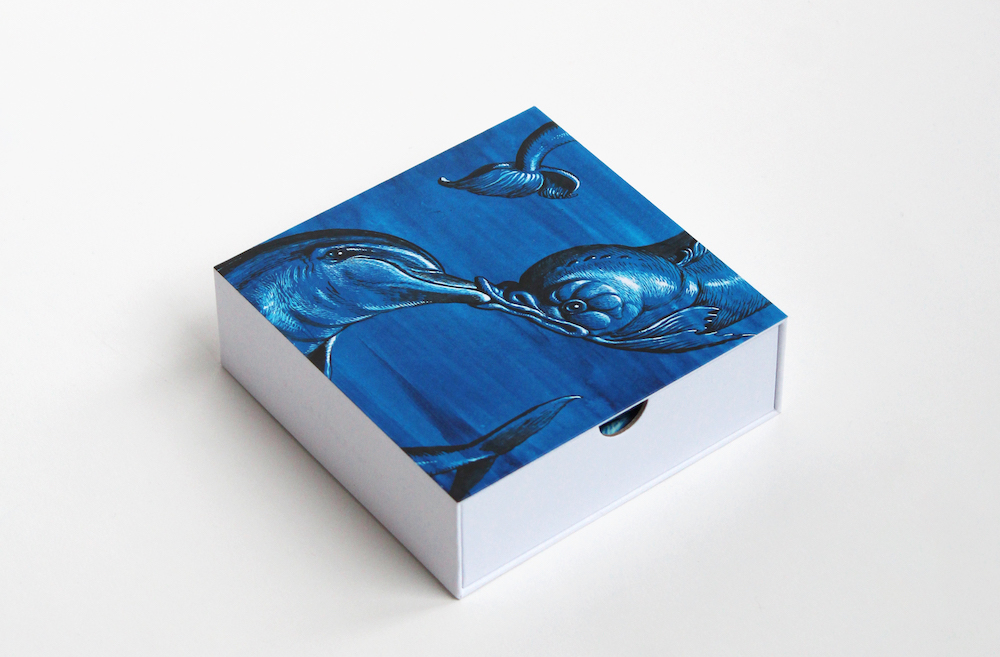Lia Chavez has been fascinated by light since childhood. The artist pursued the study of its phenomenology at Goldsmiths College and the University of Oxford, basing her multi-disciplinary practice on the scientific and metaphysical experience of illumination.
From performances like The Order of Things (2020) to Light Body (2016) and installations like The Octave of Visible Light: A Meditation Nightclub (2015) and Tumult (2014), Chavez mines the magic of light, and filters it through experiments in new technology, the embrace of the mystical and subconscious, and an inclusive feminist aesthetic lens.
Chavez’s studies of nature in relation to light and her own personal journey in skincare recently coalesced with the launch of Hildegaard—a collection of nutrient-rich, anti-inflammatory, botanical face oils. This suite of haute botanical creations is a celebration of nature and a reclamation of joy in beauty.
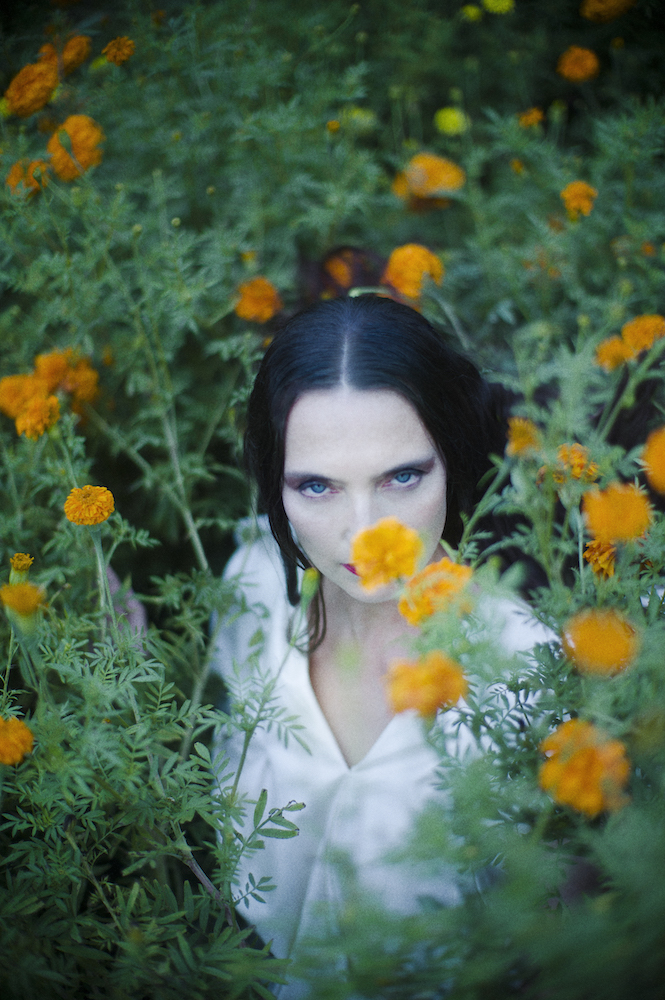
Lia Chavez, photo by Ioulex, courtesy of Hildegaard.
Named in homage to the 12th-century German theologist, composer, and herbalist behind the Rhineland Mystic Movement, Hildegard von Bingen, the products are made from 70 organic, virgin, cold-pressed plants. With nearly all elements cultivated locally at Isabella Rosselini’s Mama Farm in Bellport, New York, in addition to extracts sourced from LMR Naturals by IFF, Hildegaard’s inaugural four essences offer an enlightened exchange between the skin, the earth, and the wider cosmos.
Whitewall spoke with Chavez about elevating the routine of beauty to a higher art form, creating an immersive, illuminating (even its bottle—made from reusable and recyclable glass and aluminum—is best read when tilted towards the light) experience for Hildegaard’s collectors.
WHITEWALL: What led you to the creation of Hildegaard?
LIA CHAVEZ: It’s been a fascinating journey. For me, this is an exercise in service, it draws upon the idea of harnessing my artistic delight and calling to help clarify the culture’s understanding of the beautiful. I had never anticipated my practice would take me into the beauty industry but it’s become a meaningful arena for conceptual exploration. Creatively, it’s an opportunity to contribute something original. It’s a space that is ripe for artistic invention.
My whole career I’ve worked with light, and the process by which encounters with physical light can be harnessed for different kinds of illumination. Looking back, it seems inevitable that I would eventually work with plants because they are the masters of this.
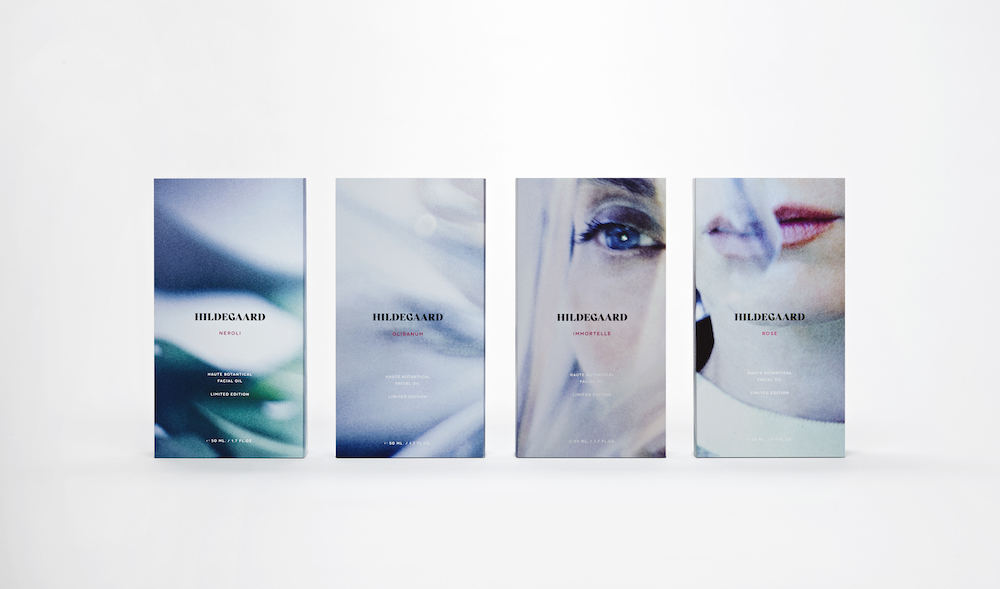
Courtesy of Hildegaard.
WW: You’re proposing a new category in beauty. How do you describe it?
LC: I am calling it “haute botanical,” because the level of craftsmanship and material provenance is unparalleled. In this way, there’s a strong affinity with the tradition of haute couture in fashion. Hildegaard strives for a heightened level of purity in materials and a passion for intention, cultivation, and artistry not yet experienced in the modern beauty space.
The choice of the hyper luxury beauty segment was quite a conscious one because there is an opportunity to elevate and transform the perception of Nature and her plants in this space. I believe the language of contemporary luxury must learn to transcend the trinkets of status. I see luxury as a tool for revealing the preciousness of something in order to create a perceptual shift that precipitates a heightened value. When it comes to the natural world, an increase in value also equates to a regeneration of our perception, which is of course a fundamental concern of art.
With Hildegaard, I am exploring the premise that Nature in her purest and least adorned state is superlative. Industrialized beauty has produced a sort of fetishism that suggests denatured, synthetic substances that have suffered a debasement of their virgin complexity are somehow inherently more useful and valuable. So, we are scrutinizing this reductionism, holding it up to the light of experience and revealing alternative perspectives which focus the cultural lens back on the material integrity of nature’s most exquisite elements.
We’re working with the suppliers Mama Farm and LMR Naturals of IFF, whose agronomists are formidable artists and scientists in their own right, having spent their entire lives at the service of nature and presenting plants in their most crystalline form. The molecular complexity of the quintessences that LMR creates is kept beautifully intact through rigorous distillation processes and this translates to a rich and expansive sensorial encounter with the plants. We want to help our collectors experience the awe-inspiring abstractions that are inherently present within nature’s realism.
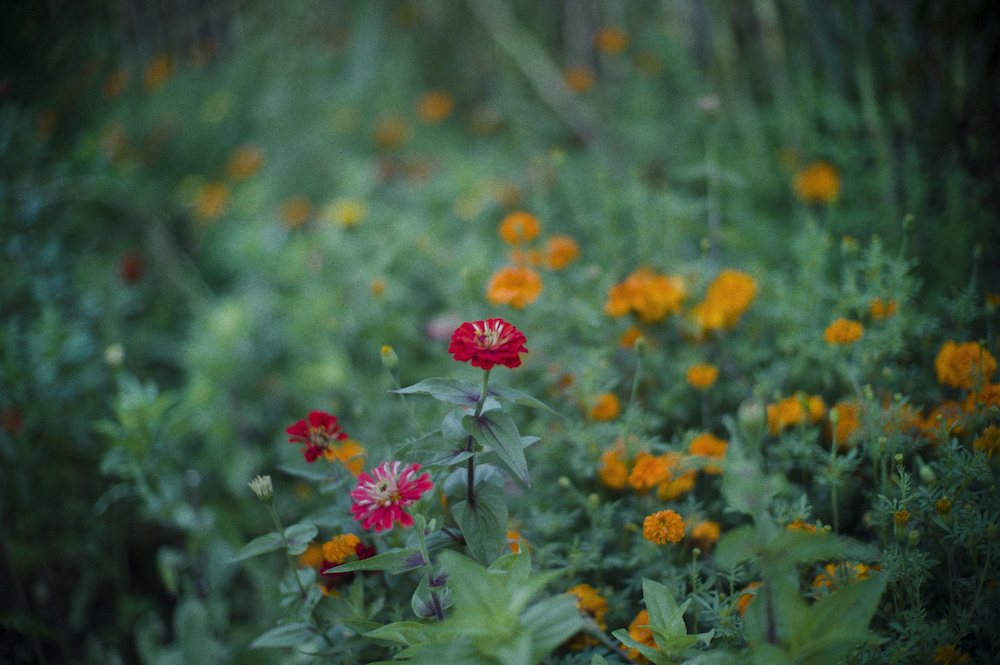
Photo by Ioulex, courtesy of Hildegaard.
Hildegaard’s collection focuses on the presentation of single plant essences. The direct experience of a single pure plant essence seems simple, but it’s so intense, so complex, so powerful, that it’s the kind of sensorial encounter capable of producing a paradigm shift. Yves Klein’s work with monochrome has been a great inspiration to me as I’ve developed the collection. When the senses are saturated with a single thing in its unadulterated form, new dimensions of perception become available to us. That materiality in its most absolute form could be so impactful is the heart and soul of the connoisseurship we strive to introduce into the beauty space.
The genius of nature is found in its constant reminders of uncompromising wholeness and volition. This is the main philosophical thrust of Hildegaard. We are here to correct the fallacy that nature is an indifferent resource to be divided and exploited. Plants have a special relationship to creative fire, the kind of fire that is essential for creators to bring the energy of Art into the world. We want to address this, work with the plants, converse with their wisdom in a spirit of humility, and introduce them into the culture as the subjects they are. It’s personal, it’s intimate, it’s existential.
WW: I’m thinking about your artistic work with light and it makes me think of ideas around transparency, which is rare in the beauty world.
LC: Yes! Working with the plants is an honor. They are the great alchemists of light. They collect the light of the sun and distill it into energy for life and enlightenment. There’s an aesthetic radiance that has deep philosophical implications and it comes to us through the plants.
I’ve always worked with light as an ephemeral experience, but with Hildegaard, this is the first time I’ve worked with light in a highly tactile way. Plants translate the ineffability of our existence and make it somehow accessible and material. What I want to do with Hildegaard is structure the perception around the profound gifts that plants are to us. This has led me into new commitments, like farming, growing alongside the plants from the ground up as a person, and learning, from the level of the earth’s minerals, the story around their fullest, most realized becoming. And this process has revealed to me that their becoming is our becoming.
I like the idea that deepened notions of transparency, material nobility, and processual rigor in beauty could be embodied in a form that leads us to a spacious place of cosmic connection within ourselves. That the experience of beauty could trigger existential belonging is really important to the overall philosophical project of Hildegaard, because I am passionate about reuniting aesthetics with philosophy. It’s that paradox of becoming rooted in a physical experience so the metaphysical self can take flight.
When you encounter the essence of something, there’s a sanctity to that experience. It can trigger all sorts of new homecomings within a person. I’m approaching this as an artist with the understanding that you can’t dictate profound experiences. If you are very lucky, you may help facilitate them. Plants embody the phenomenology of light which exists beyond the reaches of language within the interior landscape and this is the preserve of the great mysteries. Plants, through their determination to ascend and to become and their olfactory powers, connect us not only to their earthly terroir, but also to the soil in which the seed of our own souls germinate. They draw us out into the boundless universe where our sense of separateness dissolves.
An encounter with the botanical world is about hospitality to both material and immaterial, matter and spirit, and inviting a state of being in which inner revelations can happen. Plants guide us to those wild frontiers inside of ourselves, those inner landscapes that the outer landscapes beckon us into.
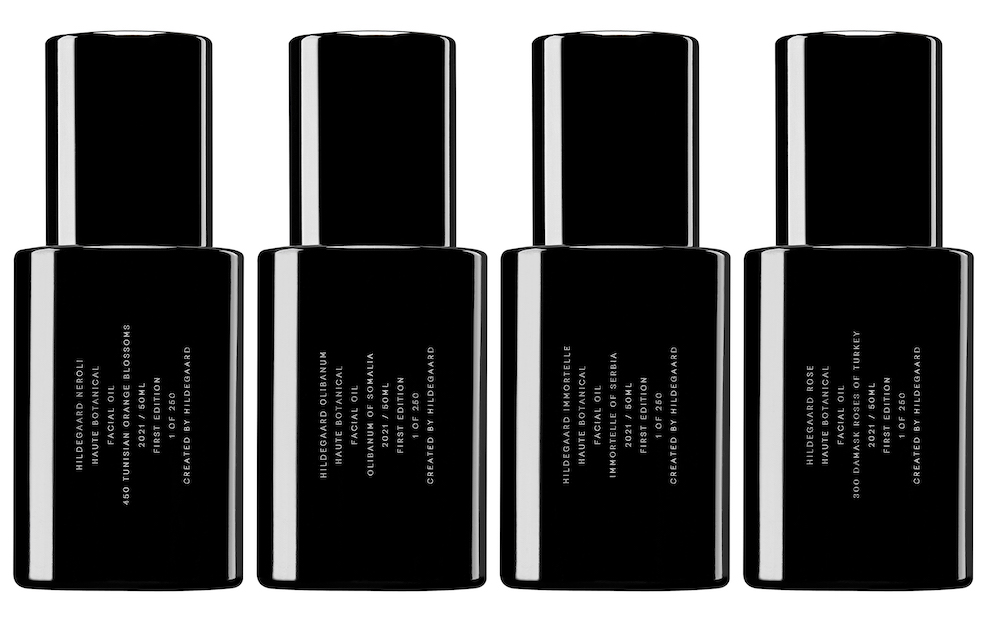
Courtesy of Hildegaard.
WW: The idea of the face and the skin as a place for discovery is quite different from the promotion of product to perfect. How do you want Hildegaard’s collectors to rethink their relationship with their skin?
LC: It’s been so engrossing to consider how we might reimagine the phenomenon of the face. The phenomenon of skin. Skin is so fascinating, in part, because it is so misunderstood. It’s treated as an artifice in the culture, a surface that needs to be disciplined, corrected, and smoothed. Anything that is beautiful, including skin, including art, runs this risk in a utilitarian society of being valued for its decorative aspects only. But the skin, like art, is the site of an important phenomenological encounter. The skin, like beauty, may exist upon the surface, but it is far from superficial.
The root word of cosmetic is kosmos, in Greek, which refers to the orderly arrangement of the entire universe of which we are a part. So I am interested in directing the conversation toward the revelatory. A cathartic encounter with the cosmos can immediately transform your state of being. There’s a kind of functional aspect to it where the physiological and psychological benefits of absorbing plant wisdom through the skin are so powerful, but you’re really doing nothing more than showing up. You’re entrained to a higher state of being just by simply engaging with the gift that is offered.
That’s in a way, art at its best, when it bypasses the need for explanation, speaks so directly to the senses, and achieves an effortless transformation in the viewer. There’s so much we artists learn from nature.
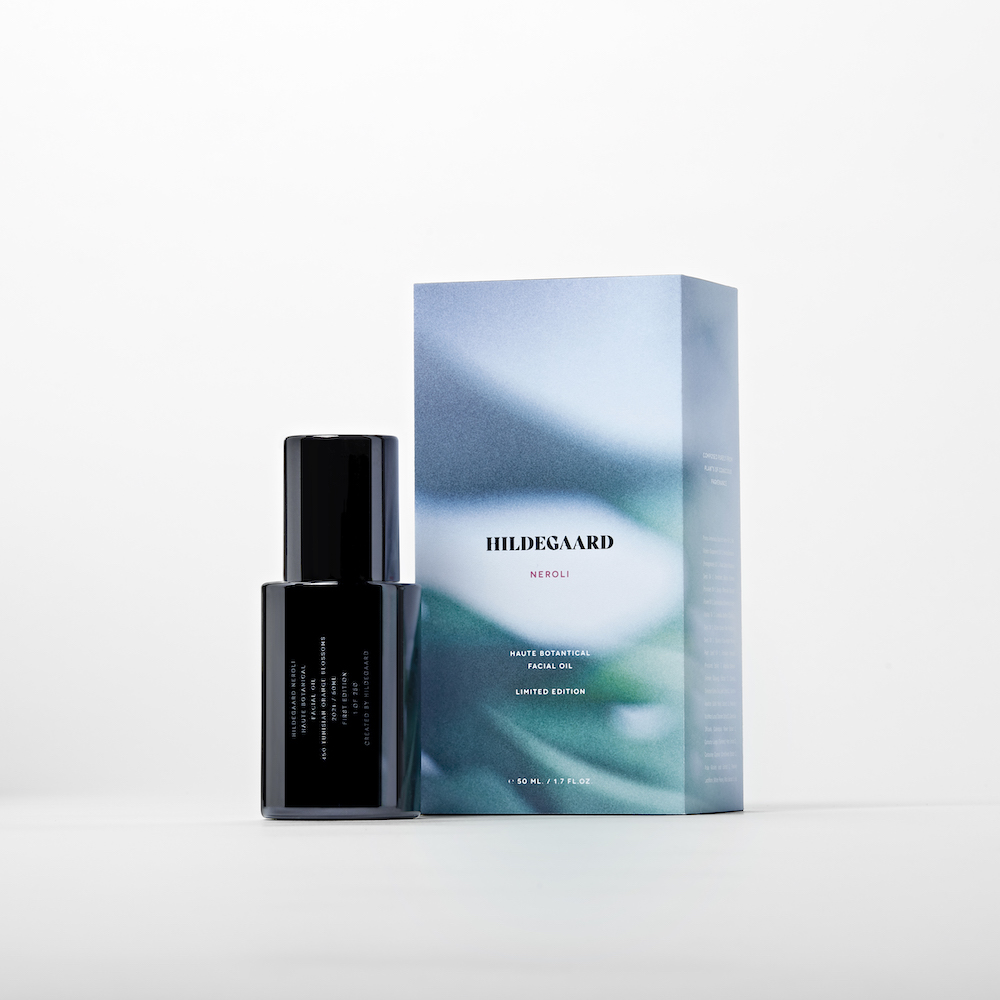
Courtesy of Hildegaard.
WW: Personally, the way you approach beauty and style is so joyful. How do you want to share that sense of freedom with Hildegaard?
LC: As human beings who always exist so close to the edge of immateriality, to inhabit a physical body is such a privilege and an adventure. Like every other being on the planet, humans are the flourishes of the natural world, and it feels like a critical time to remind ourselves of who we are in this way. Hildegaard is a platform to invite people into that deeper communion with the cosmos. It’s about opening our vital channels and becoming free within ourselves and free to perceive and enjoy what is and who we are. Belonging is truly our birthright. And it’s a wonderful conversation to have right now. I think people are ready for it.



